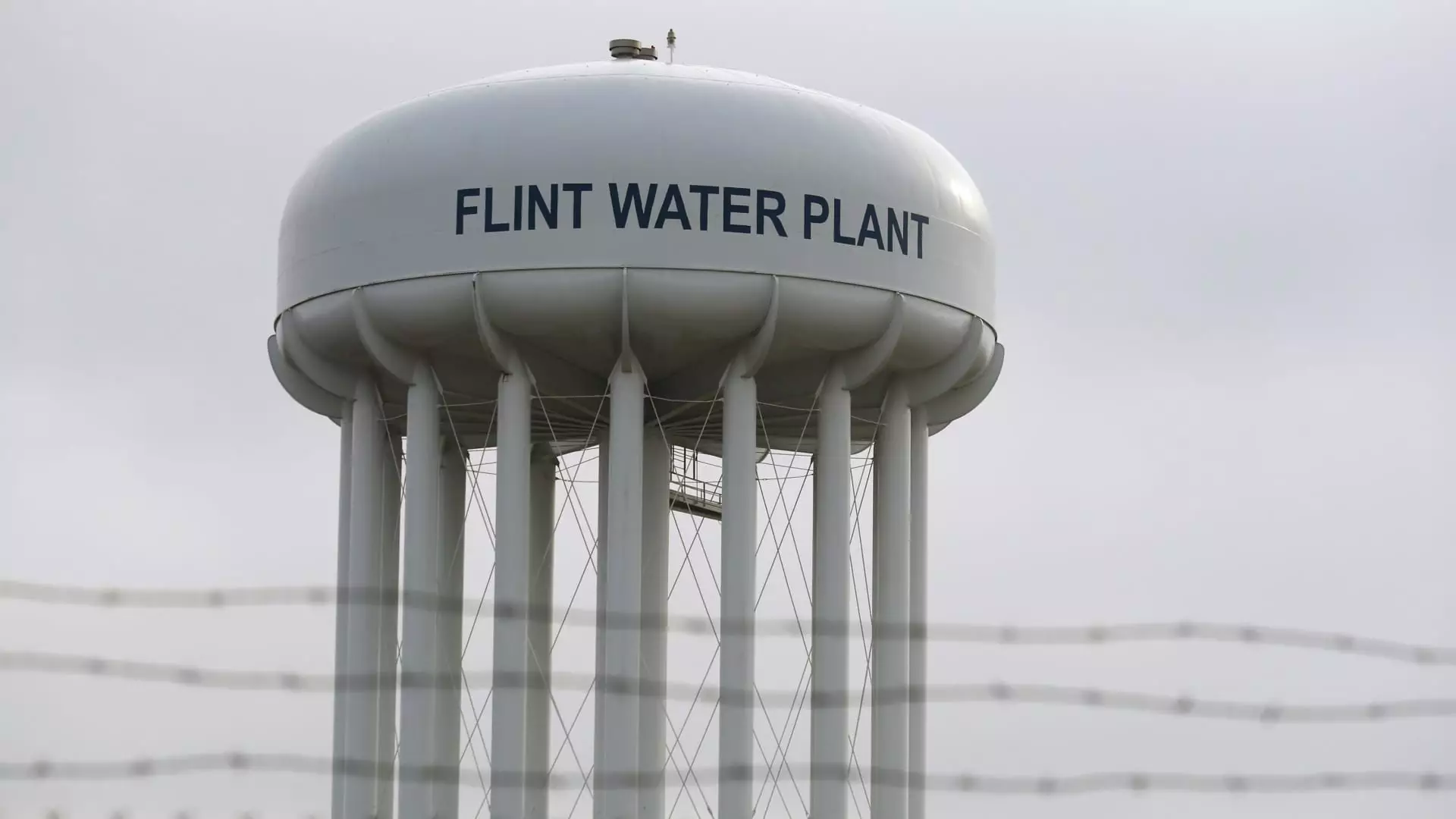Most U.S. cities are facing a critical dilemma – the urgent need to replace their lead water pipes. The Environmental Protection Agency (EPA) has proposed strict new rules, emphasizing the importance of reducing lead in drinking water to prevent public health crises like those witnessed in Flint, Michigan, and Washington, D.C. While the plan appears promising on the surface, the reality is that it comes with enormous practical and financial obstacles.
Drinking water contaminated with lead is a pressing concern given its detrimental effects on public health. Millions of people, especially children, consume water from lead pipes, resulting in potential declines in IQ scores in children and increased risks of high blood pressure and heart disease in adults. The proposed tighter standards aim to address these issues, positioning it as the most robust overhaul of lead rules in over three decades.
The adverse impact of lead crises has been particularly severe in poorer, majority-Black cities such as Flint. These incidents have not only raised concerns about public health but have also led to a decline in nationwide tap water use, primarily among Black and Hispanic communities. To rectify this historical injustice, the Biden administration has emphasized the significant investment required to ensure safe and lead-free drinking water for all, aiming to bend the arc towards equity and justice in this critical matter.
The proposed rule, called the lead and copper rule improvements, marks a significant shift in approach. Unlike previous regulations, this new rule would mandate utilities to replace lead pipes, even if their lead levels do not exceed the current limits. This change is crucial given that most cities have not been compelled to replace their lead pipes, with many lacking essential information on the pipe’s location. While cities with a significant number of lead pipes may receive longer deadlines, the overall objective remains the same – removal of all lead pipes within a decade.
The EPA’s endeavor to reduce lead exposure extends beyond drinking water. It encompasses a broader federal effort to combat lead exposure, including proposed stricter limits on lead-based paint dust in older homes and child-care facilities. Furthermore, the administration aims to eliminate lead from aviation fuel. By adopting a multifaceted approach, the government hopes to address this longstanding issue effectively.
Under the proposed rule, the method of measuring lead levels would undergo significant change. Utilities would be required to collect more samples, potentially uncovering high lead levels in numerous communities. This change draws a parallel with Michigan’s experience, where a similar approach exposed a significant number of communities with elevated lead levels. In addition to reevaluating measurement practices, federal officials are urging cities to improve public communication when elevated lead levels are detected.
While the proposed rule demonstrates progress, it still requires public input and a subsequent waiting period before it takes effect. Additionally, implementing the proposed changes will be no easy task. The challenge lies in the fact that lead seeps into drinking water after it leaves the treatment plant, making it vital to add chemicals to prevent leaching from pipes and plumbing fixtures. Moreover, the staggering cost of replacing lead pipes poses a significant hurdle, with utilities facing the difficult decision of whether to bear the full expense or potentially burden citizens.
The previous administration took steps to address lead in water, issuing stricter standards before leaving office. These measures required utilities to take immediate action when lead levels surpassed the limits, mandated testing in day-care centers and schools, and compelled communities to locate their lead pipes by October 2024. However, environmental groups criticized the rules for not going far enough, leading the Biden administration to commit to further improvements.
To fund the necessary pipe replacement, the 2021 infrastructure law allocated $15 billion. However, this amount falls short of the total expenditure required. Additional federal funds are available to improve water infrastructure, and the EPA is offering assistance to smaller communities. Nonetheless, several states have been slow to address the problem, with some even declining the initial round of federal lead pipe funds. A few communities have taken decisive action by promptly replacing lead pipes, implementing innovative rules that require homeowners to allow construction crews onto their properties.
While the expense of replacing lead pipes is undoubtedly substantial, the EPA contends that the health benefits far outweigh the costs. Striving for a future where no city or child suffers from lead poisoning, the agency sees the financial investment as a necessary step towards ensuring the safety and well-being of the nation’s drinking water supply.
As the EPA proposes stricter rules to replace lead water pipes, U.S. cities face immense challenges. Balancing the urgency to address public health risks with the financial burden of pipe replacement requires careful consideration. However, the commitment to rectifying the injustice of lead exposure and providing safe drinking water for all remains paramount. With comprehensive regulation and adequate financial support, the vision of a lead-free future can be realized.

Leave a Reply